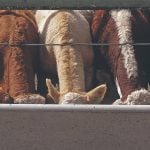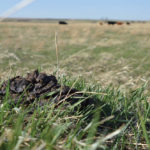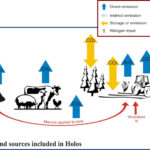Industry stakeholders see a window of opportunity to build public trust, but the industry must act before the public’s attention on food production wanes
The importance of transparency isn’t a new concept at Chop Steakhouse, but it’s certainly become amplified this year. Before the COVID-19 pandemic, Canadian consumers were already asking more questions about food production, something Marcel Blais, president of Chop Steakhouse, anticipates will become more common. “We’ve always had really strong practices on food and safety; we’re […] Read more












